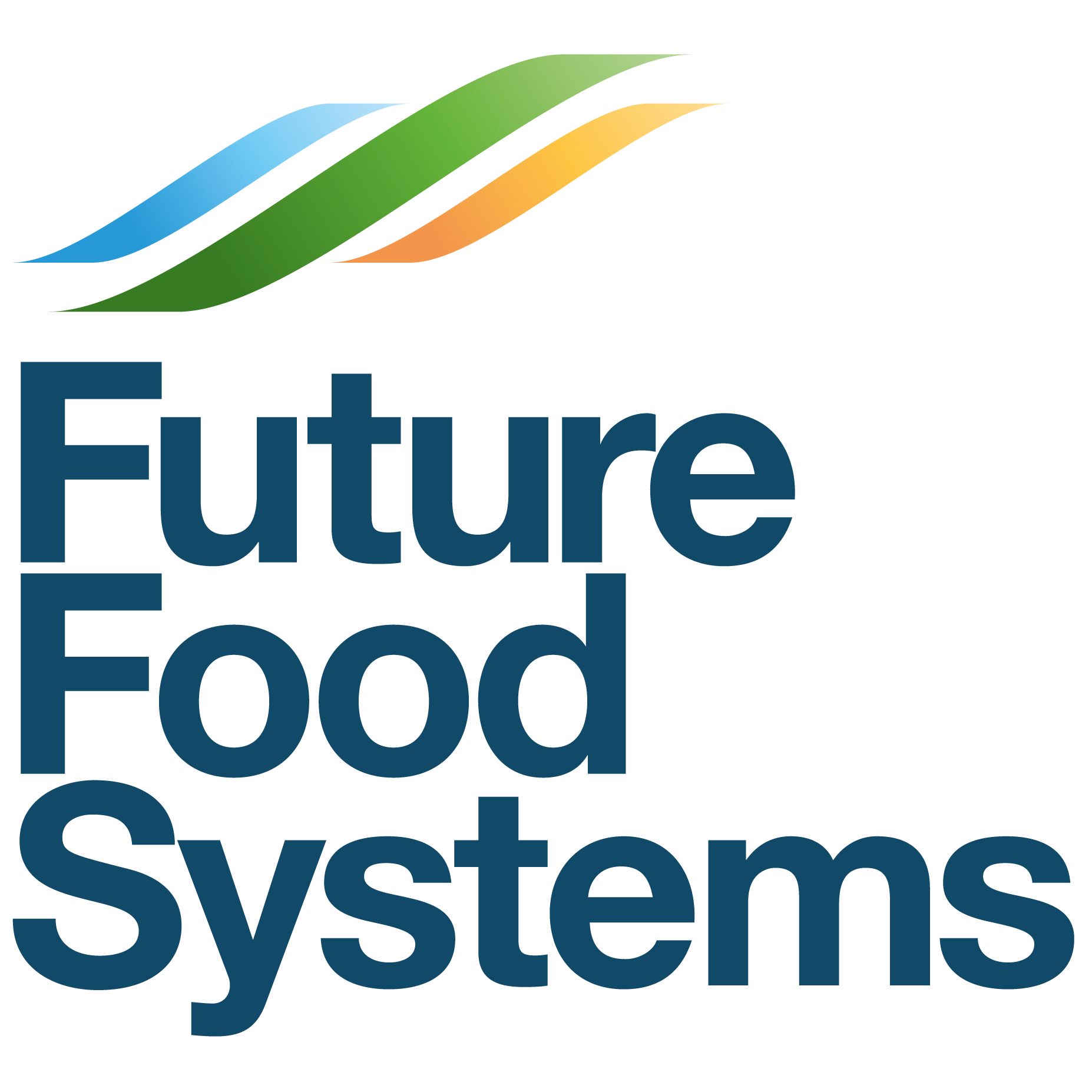| Resource | |
|---|---|
| The pilot-scale production of two magnesium citrate products, using a waste bittern discharged from a salt work as the raw material, was conducted in this study. | https://doi.org/10.1021/acs.iecr.2c00914 |
| The Australian agrifood sector’s willingness to innovate and add-value are key ingredients for success, as exemplified by the 50 innovations profiled in the 2021 edition of FIAL's annual Australian Food and Agribusiness Innovations compendium. | |
| This paper in Trends in Food Science and Technology details the findings of research conducted by Dr Yong Wang and Prof. Cordelia Selomulya, from UNSW’s School of Chemical Engineering, into applications of Large Amplitude Oscillation Shear (LAOS). LAOS, a promising method for food processing and formulation, is not yet widely used in food rheology due to uncertainty about which LAOS tools to deploy for specific applications. This paper provides food manufacturers with much-needed information about the most suitable LAOS analytical tools to use with different food categories (dough, cheese, confectionery); formats (emulsion, foam) and components (proteins, polysaccharides, and fats). | https://www.sciencedirect.com/science/article/pii/S0924224422001868?dgcid=author |
| This report was compiled by the leading industry body for Australia’s food and grocery manufacturing sector, with economic analysis from Warren Hogan of EQ Economics. The report provides in-depth analysis of the sector, identifying opportunities and vulnerabilities. It outlines the investment and policy decisions required to ensure the sector thrives, at home and in export markets. The report includes recommendations on long-term industry strategy, investment incentives, workforce skills, regulatory reform, digital labelling, retailer-supplier relationships and export growth strategy. | https://www.afgc.org.au/industry-resources/sustaining-australia-food-and-grocery-manufacturing-2030 |
| This review covers recent advances in plant-derived protein modification using Maillard conjugation, including different pretreatments to modify the functionality and bioactivity of plant proteins and their potential uses in practice. An overview of different properties of conjugates and MRPs, including food safety aspects, is given. | https://www.tandfonline.com/doi/full/10.1080/10408398.2021.1910139 |
| Global non-profit and alternative proteins advocate GFI publishes this oft-updated interactive map of the alt-proteins landscape in Asia: major players, trending products, etc, hyperlinked for ease of contact. | https://www.gfi-apac.org/asia-alt-100/ |
| An array of new products formulated to mimic beef, chicken and pork, use plant protein – typically, extracts from soy or pea – as their base ingredients | https://www.gfi.org/files/PBMap.pdf |
| In this recent report, McKinsey & Co. survey future opportunities and likely market share for the array of alternative proteins on the market and in development. | https://www.mckinsey.com/industries/agriculture/our-insights/alternative-proteins-the-race-for-market-share-is-on |
| The expanding plant-based protein industry could unlock opportunities for Australian agrifood producers, contends this February 2020 report. | https://www.agrifutures.com.au/wp-content/uploads/2020/02/20-001.pdf |
| This 2019 consumer survey examines the factors driving an expected rise in demand for plant-based foods and alternative proteins across Australia in coming years. | https://www.foodfrontier.org/wp-content/uploads/2019/10/Hungry-For-Plant-Based-Australian-Consumer-Insights-Oct-2019.pdf |
| AgFunder's mid-year review of agrifood-tech investment in 2020 takes the impacts of the COVID-19 pandemic into account. | https://agfunder.com/research/agrifoodtech-2020-midyear-investment-review/ |
| AgFunder's inaugural ASEAN agrifood-tech start-up investment report looks at the categories and investors driving this nascent industry across South-East Asia. | https://agfunder.com/research/asean-2020-agrifoodtech-investment-report |
| This report by independent US-based thinktank RethinkX looks at the disruption modern food-product, logistics and other technology will cause to future food products and systems. | https://www.futurefoodsystems.com.au/wp-content/uploads/2020/12/RethinkXFoodandAgricultureReport.pdf |
| The Australian Food and Grocery Council (AFGC) compiled this report using ABS statistics to give a snapshot of the industry and its key drivers. | https://www.futurefoodsystems.com.au/wp-content/uploads/2020/12/AFGC-SOI-2019-FINAL-1.pdf |
| According to this 2019 Barclays report, alternative proteins could capture 10 per cent of the global meat market by 2030 and be worth a cool US$85 billion. | https://eu16.salesforce.com/sfc/p/#1t000000wCuV/a/1t000000Xg33/q3Bm_z_oiIm8K7s4mnGLApU.WpmqvU6rEsBaiqGRob4 |
| This report from the Food and Agribusiness Growth Centre, FIAL, identifies 19 opportunities that could boost the value-addition capability of Australia's agrifood sector to $200b+ p.a. by 2030. | https://workdrive.zohopublic.com.au/file/qx5769e1e310483ee4389b5d9f6cc55e768fe |
| This discussion, part of North America’s NUTRITION 2020 conference, is focused on recent developments in our understanding of the human gut microbiome. | https://youtu.be/HwcCy3qJIMc?t=9 |
| In this short and pithy video, four experts from global marketing company McKinsey share their views and forecasts about the evolving meat and protein market. | https://youtu.be/gyDFrFOFLx4 |
| This lively panel discussion about actual and potential alternative sources of protein formed part of the EAT Stockholm Food Forum 2019. | https://youtu.be/HVJQlbIsWNU |
| Identifying unknown metabolites using NMR-based metabolic profiling techniques | https://www.nature.com/articles/s41596-020-0343-3 |
| Dietary metabotype modelling predicts individual responses to dietary interventions | https://www.nature.com/articles/s43016-020-0092-z |
| US academic and thought leader Michael E Porter's model explaining why particular industries in particular nations or localities become stars on the global stage. | https://www.futurefoodsystems.com.au/michael-porters-diamond-model-how-national-industries-get-the-edge-globally/ |
